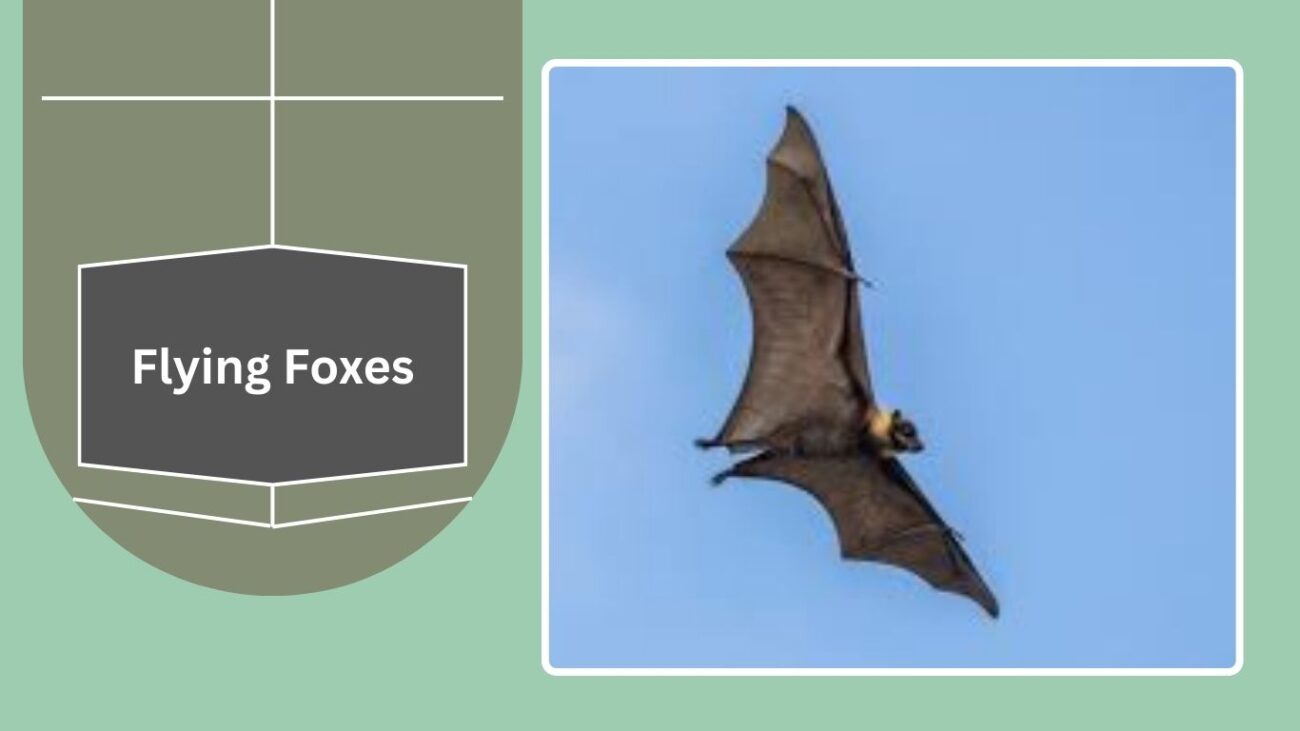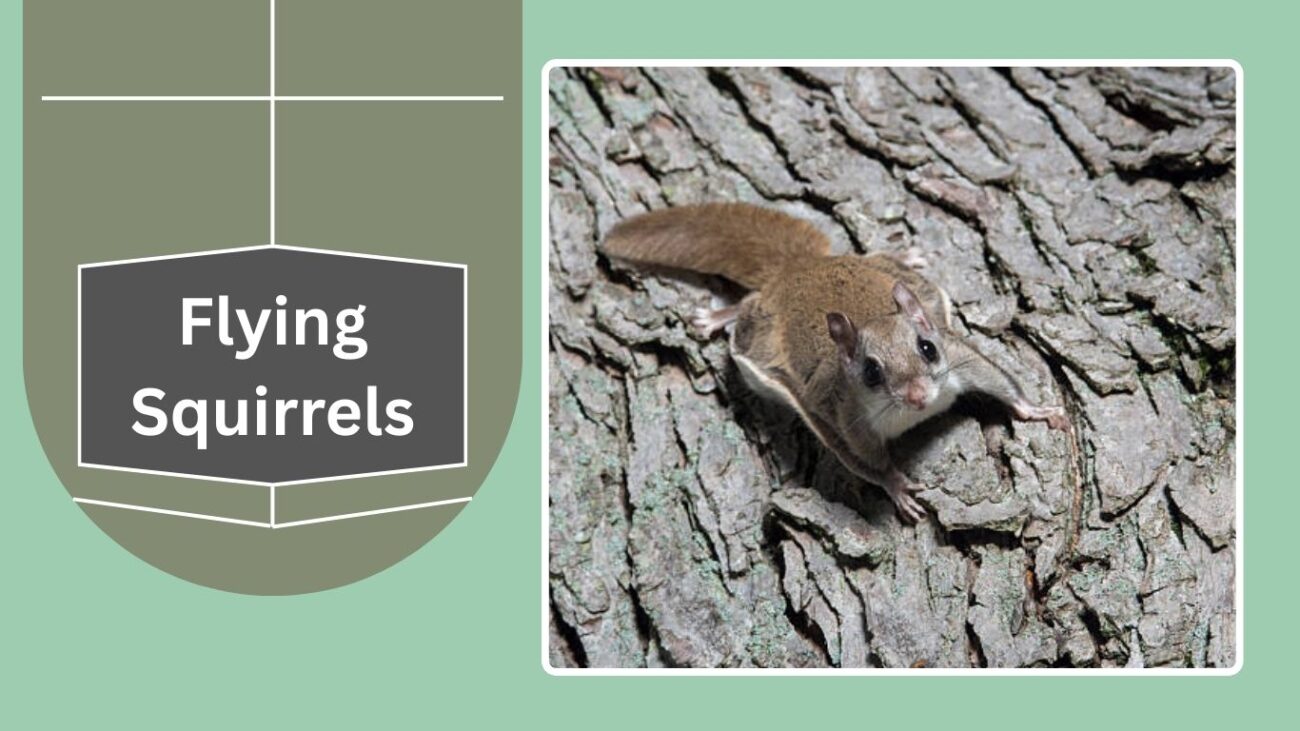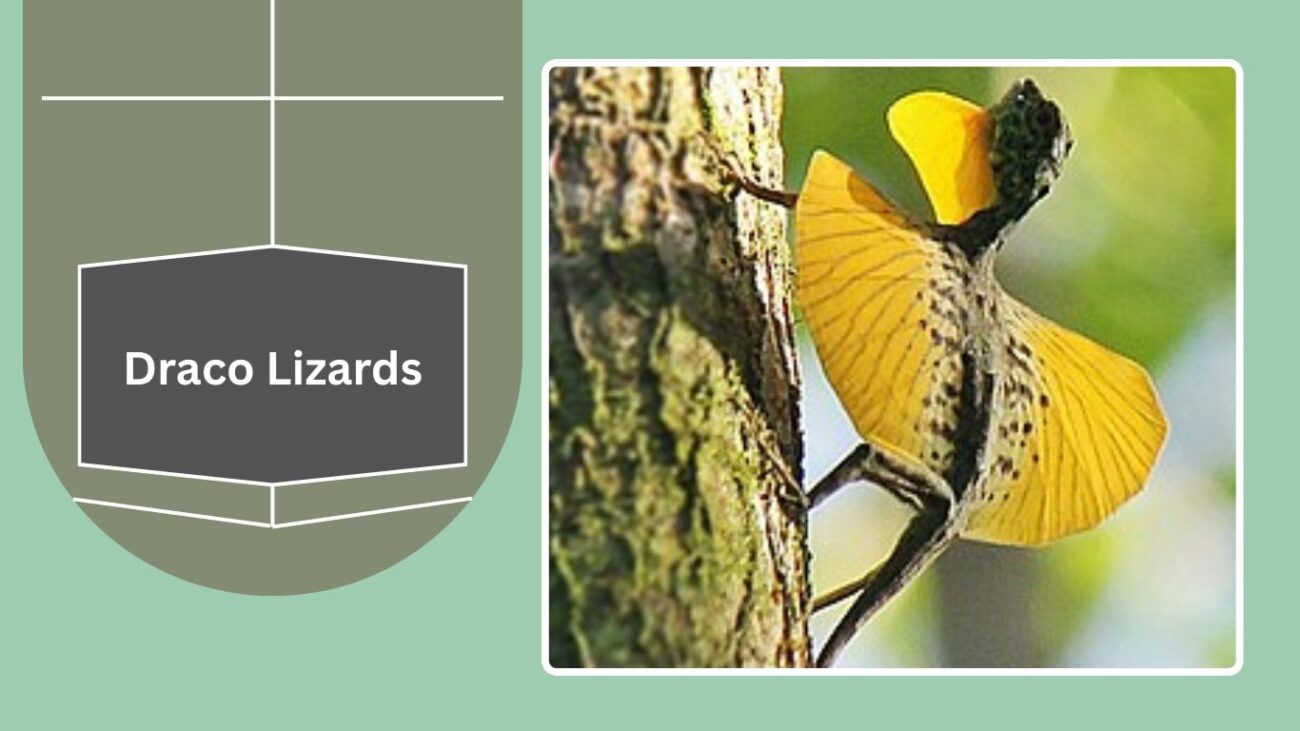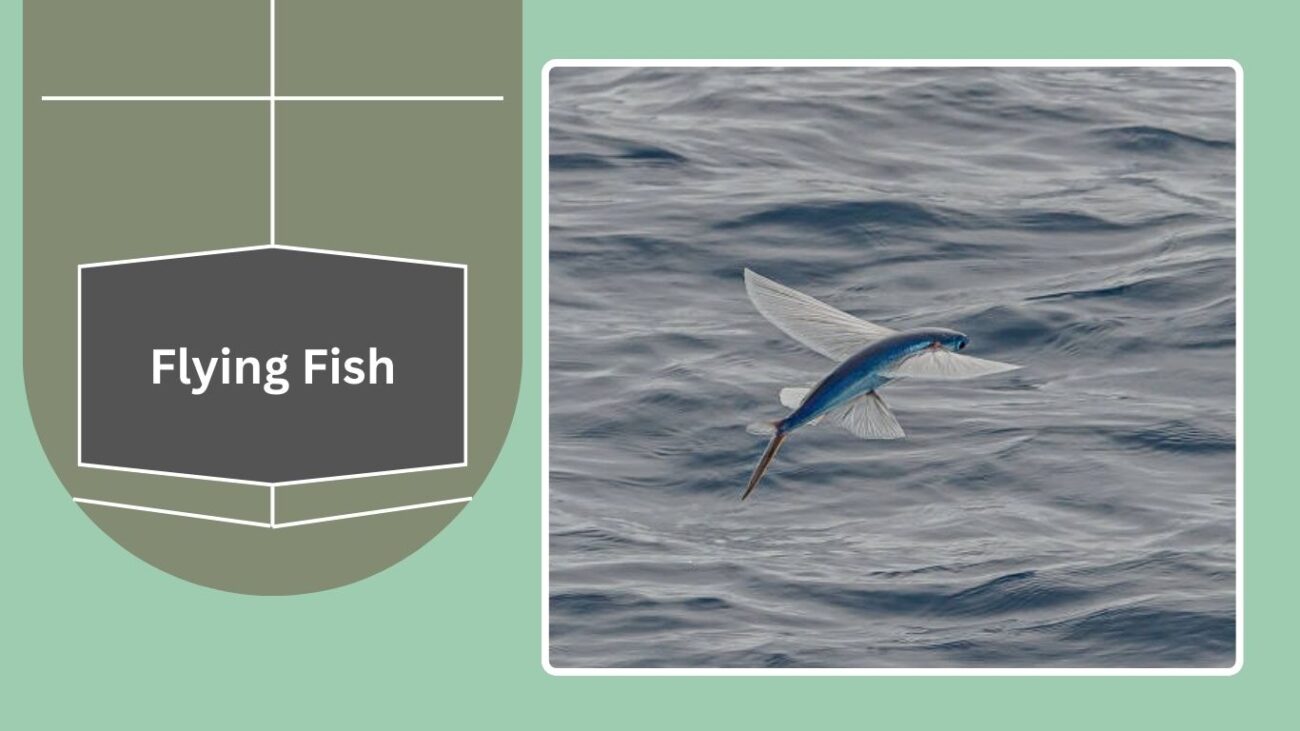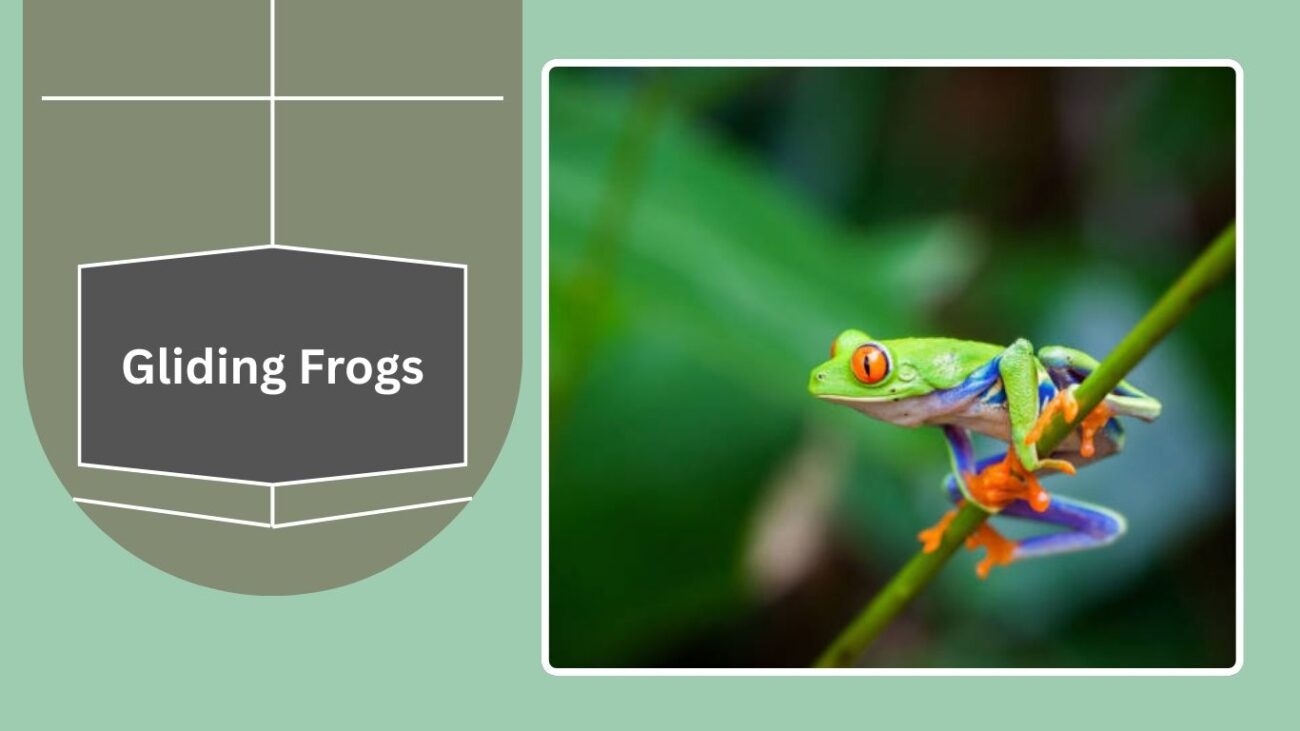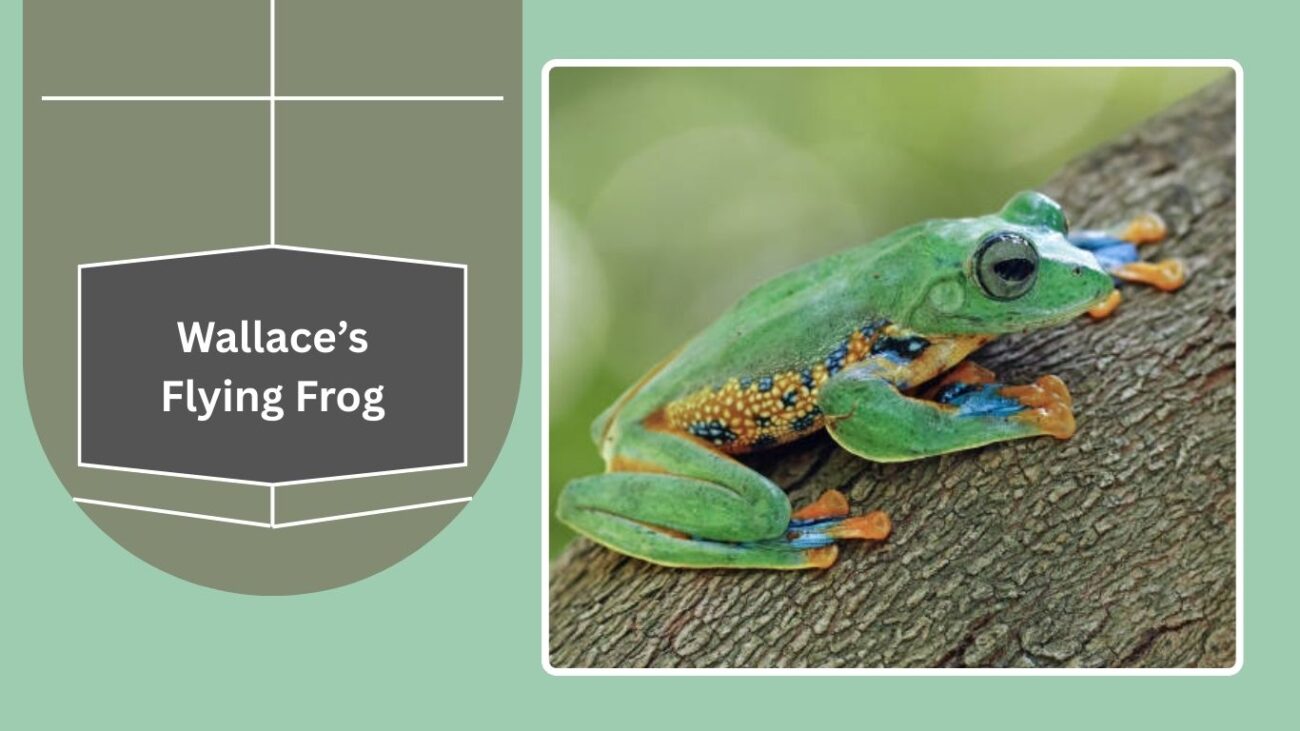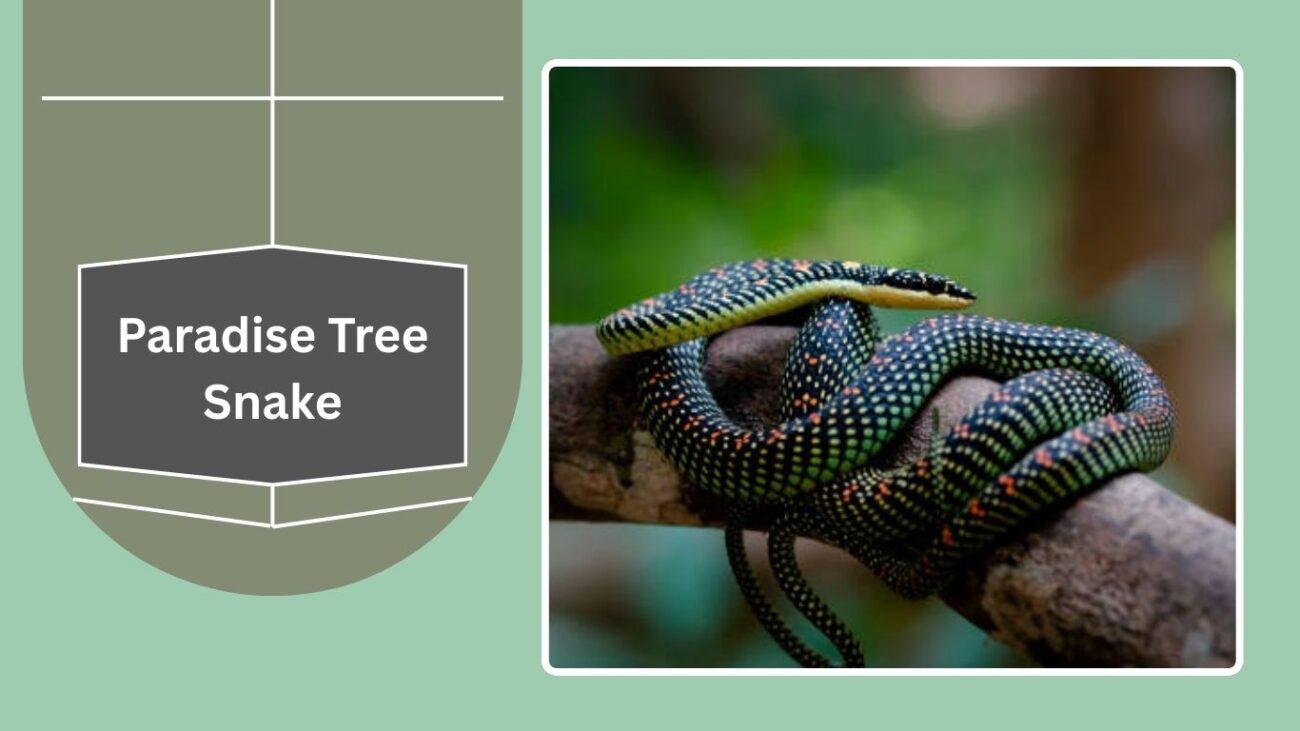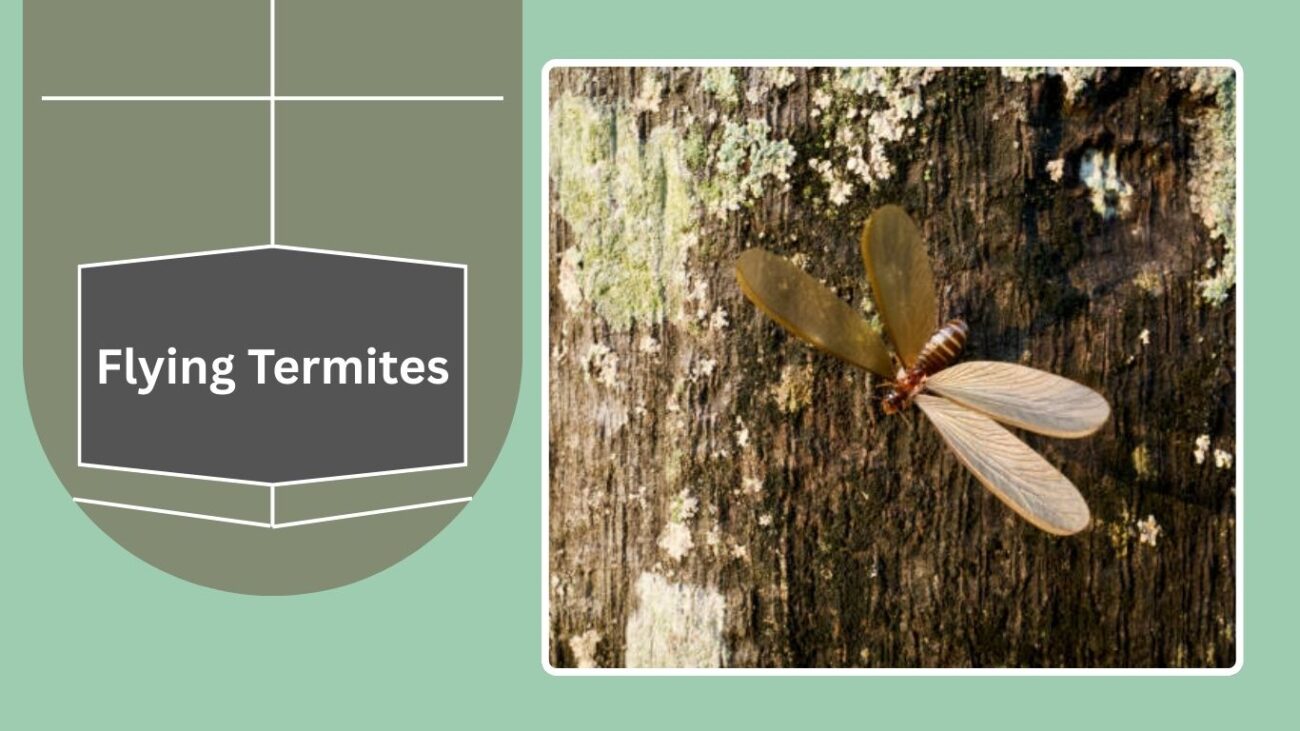When we think of flying creatures, birds often come first to mind. But the natural world is full of surprises—many animals outside the bird kingdom have evolved unique ways to take to the skies. From bats with true flight to gliding frogs, lizards, and even insects, these fascinating creatures show the diversity of flight and gliding adaptations. Here are 13 flying animals that are not birds.
1. Bats
Bats are the only true flying mammals, belonging to the order Chiroptera. Unlike gliders, they can sustain powered flight using their specialized wings. Their wings are formed by a thin membrane of skin stretched over elongated fingers, allowing for incredible maneuverability in the air. Bats play a vital role in ecosystems by pollinating plants, dispersing seeds, and controlling insect populations.
Identification
- Wings formed from a skin membrane stretched over elongated fingers
- Small to medium-sized mammals with fur-covered bodies
- Echolocation ability in most species for navigation and hunting
- Varied in size, from tiny bumblebee bats to large flying foxes
Habitat
Bats are found on every continent except Antarctica. They live in caves, hollow trees, crevices, and sometimes man-made structures like attics or bridges.
Diet
Most bats are insectivorous, feeding on moths, mosquitoes, and other insects. Some species eat fruit, nectar, or small vertebrates, while vampire bats feed on blood.
Behavior
Bats are nocturnal and highly social, often roosting in colonies. They use echolocation to navigate in the dark and are important in balancing ecosystems by controlling insect populations.
2. Flying Foxes
Flying foxes are large fruit bats belonging to the genus Pteropus. Unlike many other bats, they do not rely on echolocation but instead use keen eyesight and a strong sense of smell to locate food. Known for their fox-like faces and impressive wingspans, some species can reach up to 6 feet across. They play a crucial role in tropical ecosystems by pollinating flowers and dispersing seeds.
Identification
- Large body size compared to other bats
- Fox-like face with large eyes and pointed snout
- Wingspan ranging from 4 to 6 feet in some species
- Covered with fur, often reddish-brown or black
Habitat
Flying foxes are mostly found in tropical and subtropical regions, especially across Asia, Australia, and the Pacific islands. They roost in trees, forming large colonies that can number in the thousands.
Diet
They primarily feed on fruit, nectar, and flowers. Their feeding helps pollinate plants and spread seeds over long distances, making them vital for forest regeneration.
Behavior
Flying foxes are nocturnal, leaving their roosts at dusk to forage. They are social animals, often gathering in noisy colonies. Unlike insect-eating bats, they rely on sharp vision to find food.
3. Flying Squirrels
Flying squirrels are small gliding mammals belonging to the family Sciuridae. Unlike bats, they cannot achieve true flight but instead glide from tree to tree using a membrane of skin called the patagium, which stretches between their front and hind limbs. Their large eyes are adapted for night vision, and they are skilled climbers, making them well-suited for life in the forest canopy.
Identification
- Small to medium-sized rodents with large, round eyes
- Patagium (skin membrane) extending between limbs for gliding
- Flattened tails used for balance and steering
- Soft fur, usually brown or gray, with lighter undersides
Habitat
Flying squirrels are found in forests across North America, Europe, and Asia. They prefer wooded areas with tall trees that allow them to glide easily between branches.
Diet
Their diet mainly includes nuts, seeds, fruits, fungi, and insects. They often store food in tree cavities to prepare for scarce seasons.
Behavior
Flying squirrels are nocturnal and social, often nesting in groups during colder months to conserve warmth. They can glide distances of up to 300 feet, using their tails as rudders for precise landings.
4. Colugos (Flying Lemurs)
Colugos, often called flying lemurs, are tree-dwelling mammals found in Southeast Asia. Despite their name, they are not true lemurs, nor do they achieve powered flight. Instead, they are exceptional gliders, capable of covering distances of over 200 feet in a single glide. Their patagium, a membrane of skin that stretches from the neck to the tips of their fingers, toes, and tail, is more extensive than that of any other gliding mammal.
Identification
- Medium-sized mammals with large eyes and small heads
- Extensive patagium stretching from neck to toes and tail
- Brown or gray fur with mottled patterns for camouflage
- Body length about 14–16 inches, tail nearly as long as the body
Habitat
Colugos live in the tropical rainforests of Southeast Asia, including Malaysia, Thailand, Indonesia, and the Philippines. They spend most of their time clinging to tree trunks and gliding between trees.
Diet
They are strictly herbivorous, feeding on young leaves, flowers, shoots, and fruits. Their specialized teeth help them scrape leaves effectively.
Behavior
Colugos are nocturnal and solitary. They are shy creatures, often remaining still during the day while camouflaged against tree bark. Their exceptional gliding ability makes them efficient at moving between feeding sites without descending to the ground.
5. Draco Lizards (Flying Dragons)
Draco lizards, also known as flying dragons, are small reptiles belonging to the genus Draco. They are famous for their ability to glide using wing-like extensions of skin supported by elongated ribs. These glides help them move between trees to find food, escape predators, and establish territory. Their colorful wing membranes make them striking and unique among reptiles.
Identification
- Small lizards, usually 8–10 inches long
- Elongated ribs supporting wing-like membranes (patagia)
- Brightly colored gliding membranes, often orange, yellow, or blue
- Long, slender bodies with flattened limbs
Habitat
Draco lizards live in the tropical forests of Southeast Asia, particularly in the Philippines, Malaysia, and Indonesia. They prefer tall trees, rarely descending to the ground.
Diet
Their diet mainly consists of ants and other small insects. They forage on tree trunks and branches, using quick, darting movements to catch prey.
Behavior
Draco lizards are diurnal and territorial. Males use their colorful gliding membranes and throat fans (dewlaps) to display during mating rituals and to ward off rivals. They can glide distances of up to 30 feet with precision.
6. Flying Fish
Flying fish are marine fish belonging to the family Exocoetidae. They cannot truly fly but are capable of gliding above the surface of the water. Using their powerful tails, they build speed underwater and then spread their enlarged, wing-like pectoral fins to glide for distances of up to 650 feet. This adaptation helps them escape predators in the ocean.
Identification
- Streamlined, elongated body for fast swimming
- Large, wing-like pectoral fins used for gliding
- Forked tail with a longer lower lobe for rapid propulsion
- Silvery-blue coloration that blends with the sea
Habitat
Flying fish are found in warm ocean waters worldwide, especially in tropical and subtropical regions. They prefer open seas where they can gain enough speed to launch themselves above the surface.
Diet
They feed primarily on plankton, small crustaceans, and other tiny marine organisms. Schools of flying fish often feed near the surface, making them vulnerable to predators.
Behavior
Flying fish are known for their dramatic leaps from the water, sometimes gliding repeatedly to extend their escape. They are social, often moving in schools, and are a crucial food source for larger fish, birds, and even humans.
7. Gliding Frogs
Gliding frogs, also called flying frogs, are arboreal amphibians that can glide short distances between trees. They belong mainly to the genus Rhacophorus in Asia. Instead of wings, they use large webbed feet that spread wide like parachutes, allowing them to slow their descent and steer while leaping from branch to branch.
Identification
- Medium-sized frogs with bright green bodies
- Extra-large, fully webbed feet that act like parachutes
- Slim bodies with smooth skin
- Some species have striking colors on the inner webbing, such as yellow, orange, or red
Habitat
Gliding frogs live in tropical rainforests of Southeast Asia, including Malaysia, Indonesia, and surrounding regions. They are usually found high in the forest canopy near water sources.
Diet
Their diet consists mainly of insects such as flies, moths, and other small invertebrates. They catch prey with their sticky, extendable tongues.
Behavior
Gliding frogs are nocturnal and spend most of their lives in trees. They use their webbed feet to glide distances of up to 50 feet, especially when escaping predators or moving between feeding areas. During the breeding season, they descend to water bodies to lay eggs in foam nests.
8. Sugar Gliders
Sugar gliders are small, nocturnal marsupials native to Australia, New Guinea, and nearby islands. They are called “gliders” because of the skin membrane, known as the patagium, stretching from their wrists to their ankles, which allows them to glide between trees. These animals are highly social and are often compared to flying squirrels, though they are marsupials, not rodents.
Identification
- Small body (5–7 inches) with a long, bushy tail
- Large, dark eyes adapted for night vision
- Patagium (gliding membrane) running along both sides of the body
- Soft gray fur with a dark stripe running from nose to tail
Habitat
Sugar gliders live in forests, woodlands, and plantations in Australia, New Guinea, and nearby islands. They make nests in tree hollows lined with leaves for warmth and safety.
Diet
They are omnivores, feeding on tree sap, nectar, fruit, insects, and small invertebrates. Their sweet tooth for nectar and sap is what gave them the name “sugar” glider.
Behavior
Sugar gliders are nocturnal and extremely social, often living in family groups. They communicate with vocal calls and scent marking. Their glides can reach up to 150 feet, helping them forage and avoid predators.
9. Wallace’s Flying Frog
Wallace’s flying frog (Rhacophorus nigropalmatus) is one of the largest and most famous gliding frogs. Named after the naturalist Alfred Russel Wallace, this species uses its oversized webbed feet and skin flaps to glide between trees in the rainforests of Southeast Asia. Its bright green coloration helps it blend in with foliage, making it well-adapted for canopy life.
Identification
- Large frog, up to 4 inches long
- Bright green body with yellow undersides
- Enormous, webbed feet with black edges
- Skin flaps along limbs aid in gliding
Habitat
This frog inhabits the rainforests of Malaysia, Borneo, and Sumatra. It lives high in the canopy but descends to ponds or pools to reproduce.
Diet
Like most frogs, Wallace’s flying frog feeds on insects such as flies, moths, and other small arthropods. Its sticky tongue allows it to snatch prey quickly.
Behavior
Wallace’s flying frog is nocturnal and arboreal. It can leap and glide up to 50 feet, using its webbed feet as natural parachutes. During breeding, it creates foam nests on leaves overhanging water, where tadpoles drop into ponds after hatching.
10. Paradise Tree Snake (Gliding Snake)
The paradise tree snake (Chrysopelea paradisi) is one of the few snakes capable of gliding through the air. Native to Southeast Asia, it flattens its body by spreading its ribs outward, forming a concave shape that allows it to catch air and glide between trees. Its striking patterns and unique locomotion make it one of the most fascinating reptiles in the world.
Identification
- Slender snake, usually 3–4 feet long
- Black body with green, yellow, or red scale patterns
- Ability to flatten ribs and form a “wing-like” shape
- Large eyes suited for tree-dwelling life
Habitat
The paradise tree snake is found in forests, gardens, and wooded areas of Southeast Asia, including Malaysia, Indonesia, Singapore, and Thailand. It lives mainly in trees but can also be seen near human settlements.
Diet
This species primarily feeds on lizards, frogs, birds, and small mammals. It uses agility and speed to hunt in the treetops.
Behavior
Paradise tree snakes are diurnal and highly arboreal. They can glide distances of up to 100 feet by leaping from tree branches, undulating their bodies midair to control direction. Despite their fearsome look, they are mildly venomous and generally harmless to humans.
11. Kuhl’s Flying Gecko
Kuhl’s flying gecko (Gekko kuhli), also called the parachute gecko, is a master of camouflage and gliding. It has flaps of skin along its body, limbs, and tail that help it blend seamlessly with tree bark and also assist in gliding short distances between trees. This combination of camouflage and gliding makes it one of the most unique reptiles in Southeast Asian forests.
Identification
- Medium-sized gecko, around 6–8 inches long
- Flattened body with skin flaps along limbs, tail, and sides
- Cryptic coloration that matches tree bark
- Large toe pads for gripping surfaces
Habitat
Kuhl’s flying gecko is native to Southeast Asia, particularly in Thailand, Malaysia, and Indonesia. It lives in tropical rainforests, clinging to tree trunks where its camouflage keeps it hidden from predators.
Diet
It feeds mainly on insects such as moths, crickets, and flies. Its sticky tongue and quick reflexes make it an efficient nocturnal hunter.
Behavior
This gecko is nocturnal and arboreal. It uses its skin flaps to break its fall and glide modest distances, usually between nearby trees or branches. Its camouflage helps it avoid predators during the day while it rests motionless on tree bark.
12. Flying Ants
Flying ants are the winged reproductive forms of certain ant species, typically seen during their mating season in a phenomenon known as the nuptial flight. Both males and young queens develop wings, allowing them to leave the colony, mate, and establish new colonies. Although they are not permanent fliers like bats or birds, their ability to fly plays a crucial role in the survival and spread of ant populations.
Identification
- Winged males and queens appear seasonally
- Elongated bodies compared to worker ants
- Two pairs of transparent wings, with the front pair larger
- Sizes vary depending on the species, usually 0.2–0.6 inches
Habitat
Flying ants can be found worldwide, appearing in huge swarms during warm, humid conditions. They are most commonly seen in summer when colonies release winged ants for reproduction.
Diet
Like worker ants, flying ants feed on sugars, nectar, and other small food sources. Queens use stored energy after mating to establish a new colony, while males typically die soon after reproduction.
Behavior
Flying ants emerge in synchronized swarms to maximize mating opportunities and survival. After mating, queens shed their wings and start new colonies, while males die shortly after. This swarming behavior is a natural and temporary occurrence.
13. Flying Termites
Flying termites, also called alates, are the winged reproductive caste of termites. They appear seasonally during swarming events, leaving their parent colonies to mate and establish new colonies. Their sudden swarms often occur after rainfall and can involve thousands of individuals taking flight at once.
Identification
- Two pairs of equal-sized, transparent wings
- Straight antennae (unlike ants’ bent antennae)
- Soft, pale to dark brown bodies
- Larger than worker termites, often about 0.25–0.5 inches long
Habitat
Flying termites are found worldwide in warm, humid regions. They swarm near light sources and are commonly seen around homes during the rainy season when conditions favor mating and colony establishment.
Diet
Like other termites, flying termites feed on cellulose-rich materials, such as wood, leaf litter, and plant matter. Once they shed their wings and form new colonies, their diet remains the same as that of worker termites.
Behavior
Flying termites participate in nuptial flights, where males and females mate midair. After mating, the pairs land, shed their wings, and begin forming a new colony. While swarming, they are highly vulnerable to predators like birds, lizards, and even ants.



